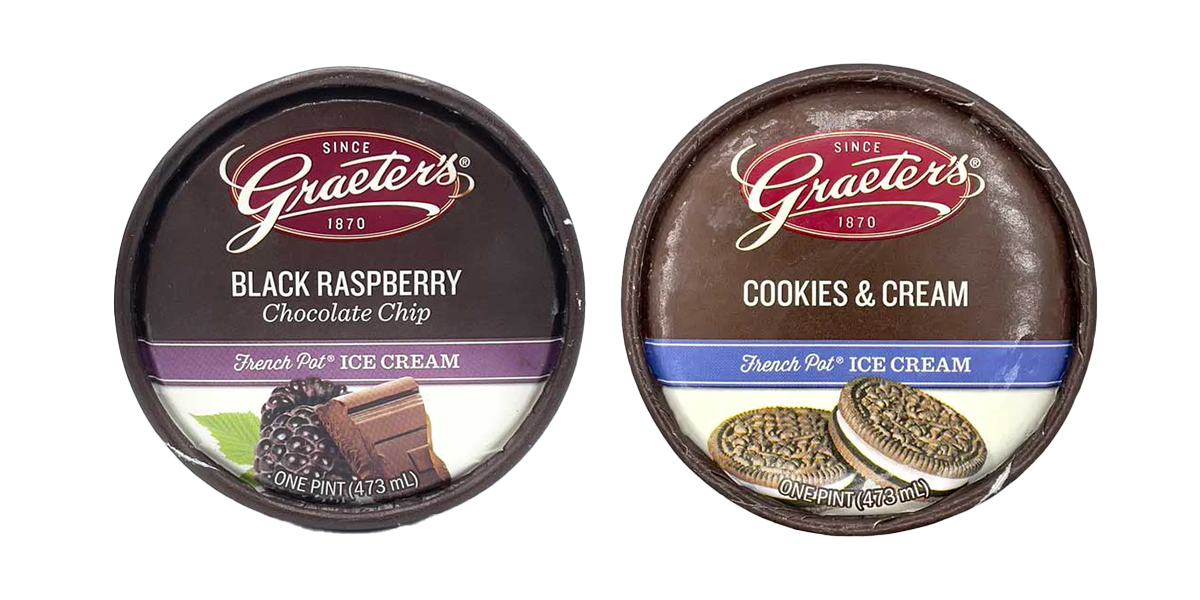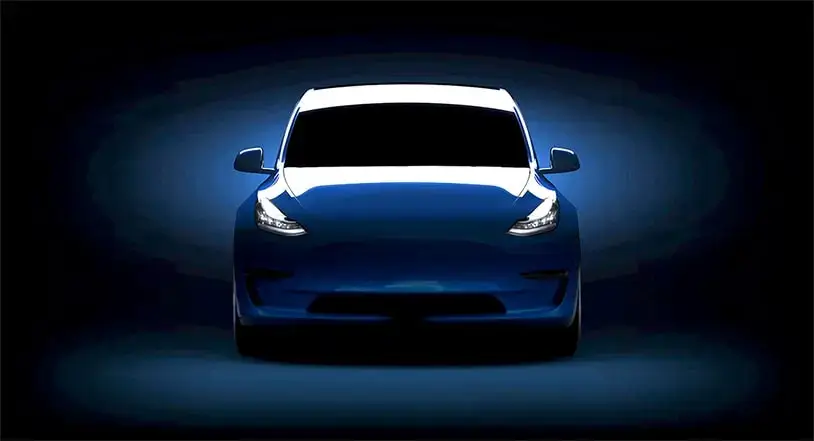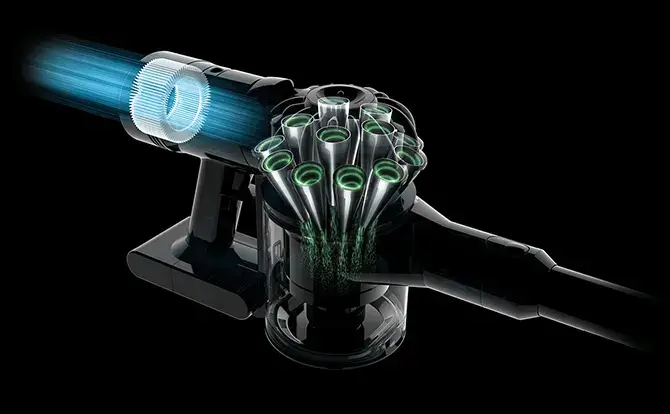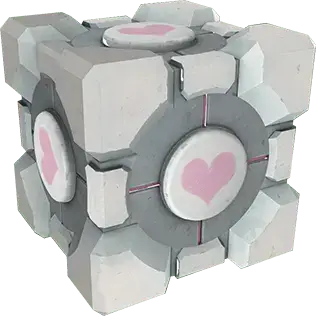X-Ray Vision.
Scroll down to see your favorite products from the inside out
Industrial Scan

GRAETER’S ICE CREAM

When discussing the innovative possibilities of CT Scanning in food, Graeter’s Ice Cream stands out as a beloved artisanal brand worth exploring.
Founded in Cincinnati, Ohio, Graeter’s is celebrated for its rich flavors and unique texture. Employing their signature French Pot process, the company handcrafts ice cream in small batches, using high-quality, natural ingredients. The resulting texture is a testament to the diligence taken during production, a process Kinetic Vision ensured through our precise Industrial Scanners.
A standout feature of Graeter’s ice cream is the inclusion of gourmet chocolate chunks in each batch. These delectable chunks are formed by pouring melted chocolate into the ice cream during its final churning in the French Pot, resulting in irregular and generously sized pieces.
Kinetic Vision employed CT Scans on their famous Black Raspberry Chocolate Chip flavor to capture the intricate details and showcase the artistry behind this process. These scans highlight the varied sizes of the chocolate pieces, ensuring that every bite offers a uniquely delightful experience.
Similarly, in their Cookies and Cream flavor, Oreo cookies are directly mixed into the French Pot, creating a satisfying variety of cookie pieces. The diversity of this blend is meticulously revealed through Kinetic Vision’s CT Scanning, showing Graeter’s commitment to its centuries-old ice cream-making method. This dedication establishes Graeter’s as a must-try culinary delight.
Learn more about Graeter’s Ice Cream at graeters.com.
Industrial Scan

APPLE PENCIL™ 2ND GENERATION

The Apple Pencil™ 2 is a prime example of Apple™’s commitment to intuitive design. The Pencil mimics the traditional pencil-on-paper experience, and with industrial CT scanning we can see how this tool provides artists and engineers with new possibilities on a digital canvas.
The industrial CT scanner also reveals an updated wireless charging coil (orange) and improved battery (purple). Paired with a haptic sensor on the Pencil’s side, the improved power management minimizes disruptions to creative flow.
The fidelity and contrast of this cross section’s componentry are exceptional thanks to a helical CT scanning method. This dynamic scanning approach captures the Pencil at 3-4x the magnification of standard patterns, ensuring maximum scan resolution.
Learn more about the Apple Pencil™ from Apple™.
Industrial Scan

MODEL Y OCTOVALVE

The Tesla® Octovalve is a next-generation thermodynamic regulator. Found only in the Model Y®, the Octovalve centralizes vehicle component temperature management into a single, compact unit.
Utilizing industrial CT, we can see the characteristics of the internal channels that compose the operational interworks of the unit. A multi-position scan allows us to interact with the data and expose discrete paths at every possible configuration.
Industrial CT allows for the visualization of internal and external geometries, all nondestructively. Data such as channel volume, wall thickness, critical measurements, and more can be extracted from this data.
According to Tesla® CEO Elon Musk, “Applying the concepts of a printed circuit board to cooling circuits allows you to achieve a very complex heat exchanger that you literally could not do with tubes.”
These flow channels offer insight into the fluid dynamics of the Octovalve. Located on a nylon coolant manifest base, the channels are highly efficient and drastically increase the range of the Model Y®.
Learn more about the Octovalve from Munro and Associates®.
Industrial Scan

V8 VACUUM MOTOR

Faced with the challenge of developing a cordless vacuum with more airflow than any other on the market, Dyson® engineers crafted a new flagship model: the V8.
This motor consists of fifteen “Cyclone” tubes generating suction over a lower centrifuge. The V8 also contains a Dynamic Load Sensor to automatically adjust suction in response to changing resistance.
These suction tubes and the intricate interior features of the containment area are easily visible using industrial CT scanning. This data can be used for better understanding the complexities of interactions of different components and can be leveraged to perform simulated testing such as a Computational Fluid Dynamics modeling.
To protect the Dynamic Load Sensor and other internal components, the vacuum had to be extremely durable – hence the layers of protection visible around the Cyclone tubes. The product is also encased in a plastic shell for additional strength while still maintaining a lightweight design.
Learn more about the V8 from Dyson®.
Industrial Scan

COMPANION CUBE

Originally appearing in the first Portal™ video game, the Weighted Companion Cube began as an in-game item and quickly evolved into a possibly sentient pseudo-character.
The overall geometry of the Portal™ Companion Cube was mimicked and 3D printed with various infill parameters. Different infill parameters correlate to overall strength and rigidity of the component. This unique structure and geometry is visible with CT scanning and can be reapplied to different additive applications.
Additive printing is becoming more commonly used in industry applications within Aerospace and Automotive to replace standard manufacturing modalities with more efficient and agile manufacturing processes. This printing process also allows for more complexity and organic shape in the design.
Fun fact: fan fondness for the Companion Cube sparked scientific interest. Designers noticed players frequently sacrificing their own character to save the Cube from its (apparent) death in the original game, offering researchers a unique perspective into the psychology of sacrifice and attachment in virtual worlds.
Learn more about the Companion Cube from Wikipedia.
Industrial Scan

NFL® FOOTBALL

One of the most recognizable symbols of American culture is the modern football. Interestingly, the ball’s elongated shape was not always a staple of the game; it was originally designed as a safety measure.
Earlier versions were more spherical, but the shape was adjusted to encourage passing rather than running the ball after a series of deaths during the 1905 season. The shape of the ball is easily visible looking through multiple vantage cross-sections of the captured CT data.
Since 1955, the NFL® has produced footballs exclusively at a factory in Ada, Ohio where experts hand-stich together four panels of leather with over 250 stitches. The complexity of the stitches is visible in the CT scans and can be evaluated for proper engagement between the panel construction.
Hand-stitching each panel allows designers to create more robust seams, strengthening the ball and helping to maintain its aerodynamic shape. These panels are actually constructed of steer hide despite the term “pigskin.”
Learn more about football design from the Smithsonian®.
Check back soon for new scans!
